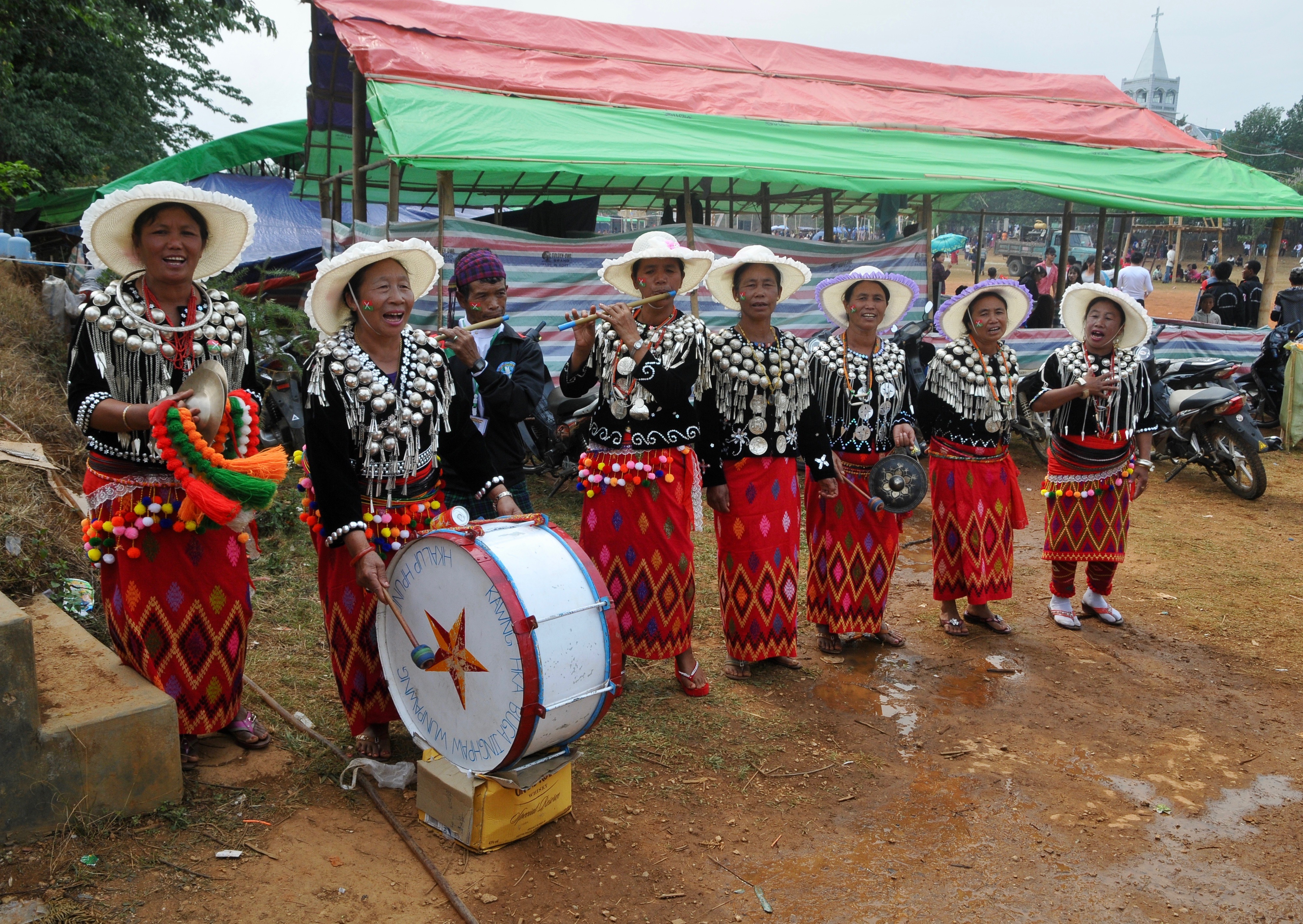|
|
|
As the peoples of Myanmar commemorate Union Day (12 February) this week, Sai Wansai argues in this commentary that “civic nationalism” can help address the crisis in "ethnic nationalism" that underpins state failure and the enduring cycles of conflict in the country. Seventy-three years after the historic Panglong Agreement brought the new Union into being, Myanmar is a land that is yet to achieve ethnic peace and political inclusion.
These commentaries are intended to contribute to a broader understanding to the many challenges facing the country and its peoples.
See the complete list of all the Myanmar commentaries.
|
|
|
|
 Kachin women’s band, northern Shan State / Photo credit Tom Kramer Kachin women’s band, northern Shan State / Photo credit Tom Kramer
|
|
|
|
|
|
|
| |
Resolving ethnic conflict
Civic nationalism: a theoretical tool for the ending of civil war? |
|
A Myanmar Commentary by Sai Wansai
12 February 2020
Background: a land in ethnic crisis
Nowhere is the force of ethnic nationalism expressed so profoundly in Southeast Asia as in Myanmar (Burma). According to the government’s 2014 Population and Housing Census the country is home to 135 nationality groups. But this figure is disputed and confusing. Among many errors, these classifications include groups that are counted twice or identified under wrong names.1 In ethno-political terms, the picture is rather simpler. Ethnic movements are considered to be represented by around 20 identities in contemporary politics (with a similar number of sub-groups), and it is around these nationality groupings that most political discussions are based in the country today.
Many of the dilemmas in ethnic rights and representation were brought into sharp focus by the introduction of the 2008 constitution. Until this time, only eight major ethnic groups had been demarcated on the country’s political map. The majority population is ethnic Bamar (Burman), and there are seven non-Bamar peoples represented by nationality states of their own: Chin, Kachin, Karen (Kayin), Karenni (Kayah), Mon, Rakhine (Arakan) and Shan. But, under the 2008 constitution, further sub-nationalism was represented with the creation of “self-administered” territories for another six peoples: the Naga in the Sagaing Region, and Danu, Kokang, Palaung (Ta’ang), Pa-O and Wa nationalities in Shan State. In addition, twenty-nine electoral seats for ministers were reserved for “national races” in states or regions where they form a minority of more than 51,400 people.2
Inevitably, an ethno-political map of such complexity brings socio-political challenges in its wake. Myanmar today is a land far from ethnic peace and political inclusion. Since independence in 1948, the country has been burdened by armed conflicts that have pitted all the major ethnic groups against successive Bamar-dominated governments. And now, in the present transitional era of quasi-civilian democracy, there are aspirations for autonomy or statehood among smaller nationalities that are dissatisfied with their representation under the 2008 constitution. Generalized political language about “seven ethnic states” and “seven Bamar regions” is no longer deemed to suffice.
|
|
|
|
|
|
| |
|
|
|